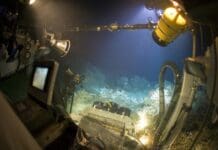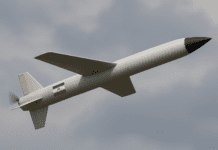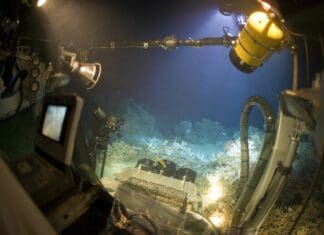This post is also available in:
 עברית (Hebrew)
עברית (Hebrew)
A new navigation framework developed by researchers in China could offer a more reliable way for robots to move through complex, fast-changing environments. The method, which combines deep learning with classical optimization, aims to improve how autonomous systems handle cluttered or narrow spaces — areas where existing navigation tools often struggle.
According to TechXplore, the approach is built around a two-stage process. First, a lightweight neural network produces an initial trajectory estimate, drawing on patterns learned from expert demonstrations. This network operates directly on visual input, similar to how a human might sketch a route on a map. The goal is not perfect accuracy at this stage, but speed and general feasibility.
In the second stage, a spatiotemporal optimization module refines the rough trajectory into a path that meets the robot’s physical constraints and can be executed safely in the real world. This includes accounting for factors such as nonholonomic motion and real-time obstacle avoidance.
One of the key advantages of the system is consistent timing. While many traditional planners depend on computationally intensive searches that can slow down in more complicated settings, this new framework outputs paths within a predictable time window, regardless of environmental complexity.
By combining machine learning and classical numerical optimization, the framework leverages the strengths of both: neural networks provide fast, experience-driven decision-making, while optimization ensures accuracy and feasibility, according to TechXplore.
The technique was designed with real-world application in mind, particularly in environments that are not static or structured. This includes scenarios such as warehouses, crowded public spaces, or disaster response zones — settings where robots must respond quickly to unpredictable changes without compromising safety.
Initial testing has shown that the method offers more stability than prior learning-based navigation tools, with improved ability to generalize across a range of simulated environments. Further work will explore how well the approach transfers from simulation to real-world systems, including improvements to sensor input and perception under uncertainty.
The research was published in Science Robotics.


























